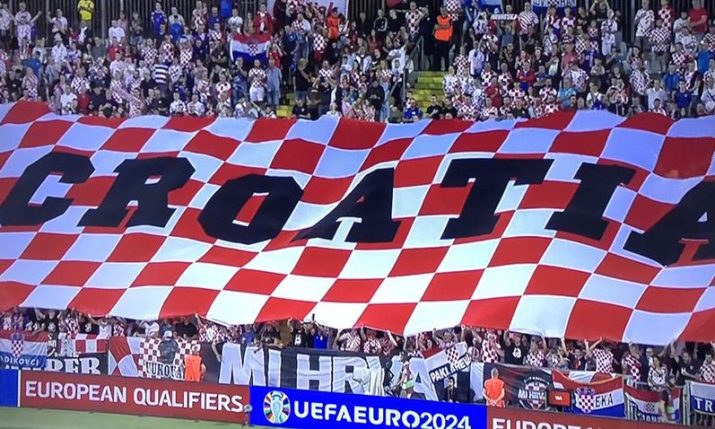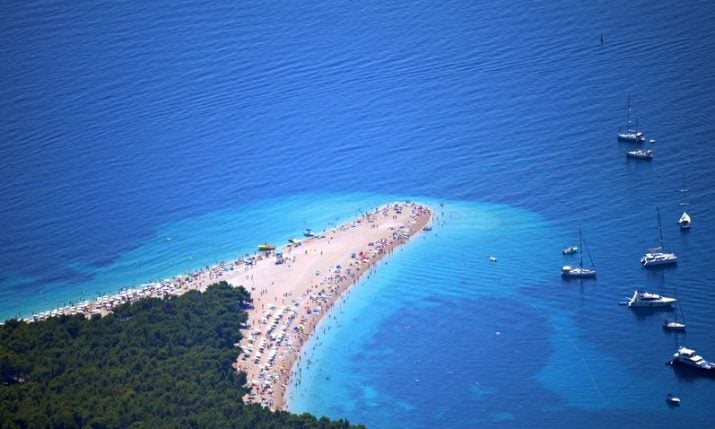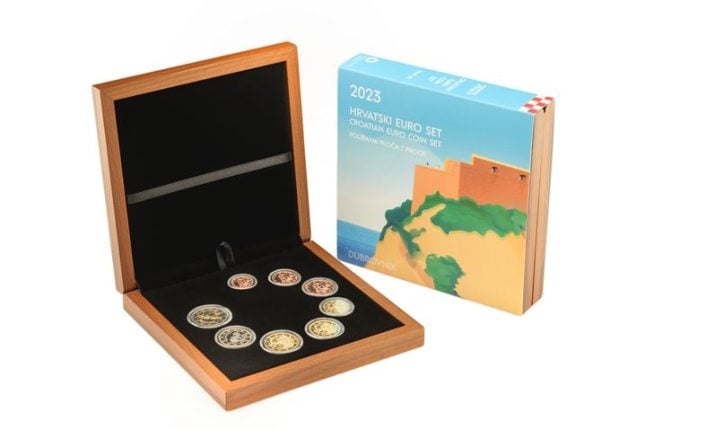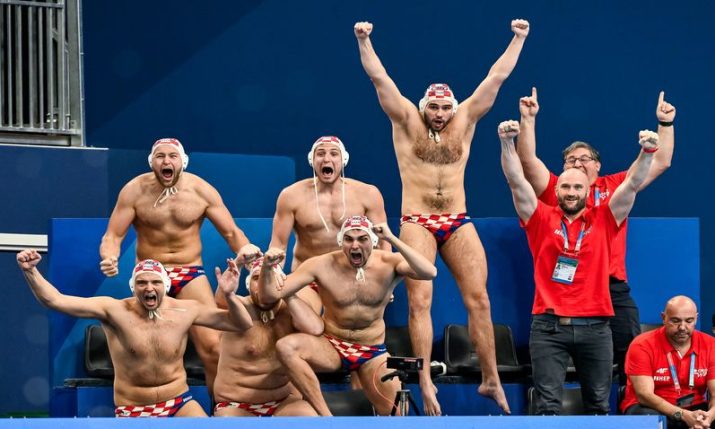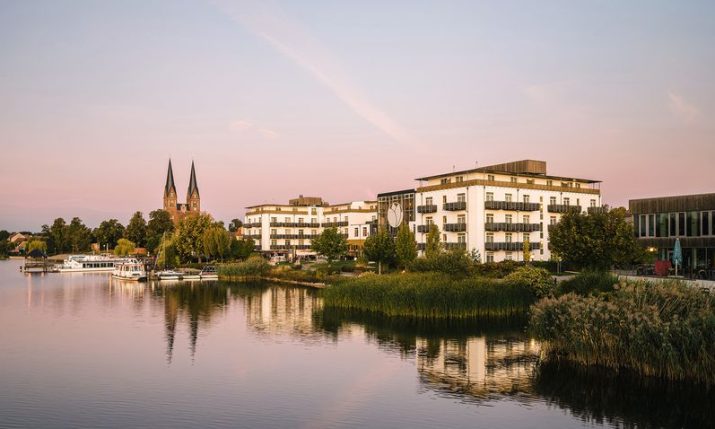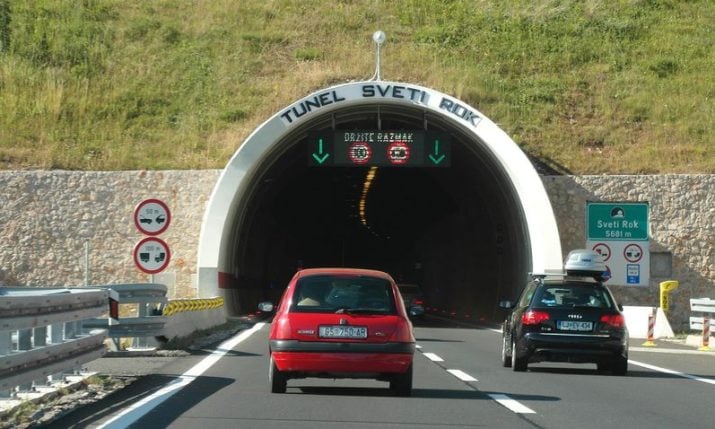Croatia’s central Adriatic shows fish stocks have chance of recovery
- by croatiaweek
- in News
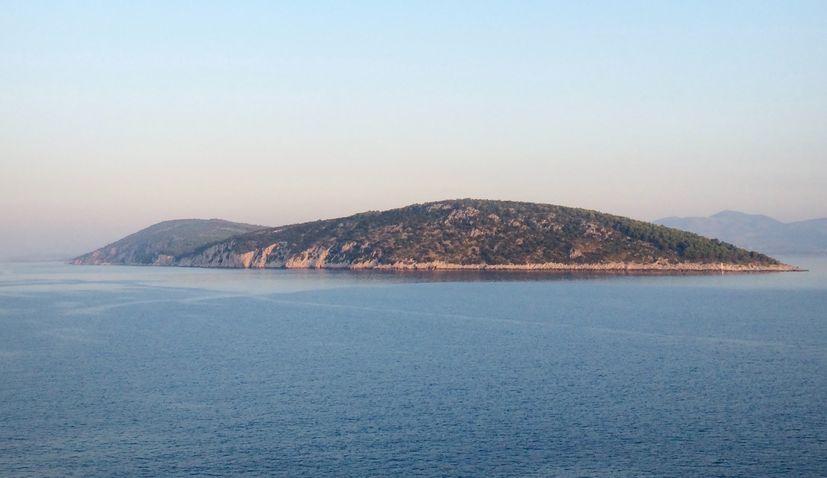
Adriatic Sea
ZAGREB, 26 Oct (Hina) – Shrimps and hakes are again present in the central Adriatic in large quantities, which shows that fish stocks can be restored if there is a will.
The best known spawning ground for aquatic species in the Adriatic Sea is the the Middle Adriatic Basin, also known as the Jabuka Pit, which stretches from the Croatian island of Žirje to the Italian coastal town of Ortona. It contains nearly a quarter of the total biomass of commercially important species in the northern and southern Adriatic.
For many years more than 30 percent of the the catches by Croatian and Italian trawlers originated from the Jabuka Pit, but the fish stocks were eventually depleted by overfishing.
In 2015, a ban was imposed on trawling in the deepest part of the basin to protect the shrimp and hake. Since short-term suspensions never produce long-term results, a three-year ban was put in place next year.
“The Jabuka Pit is the best example of how quickly an ecosystem can recover. Positive effects can be seen in the open waters of the central Adriatic,” Predrag Fred Matić, a Croatian member of the European Parliament, has said.
His amendment, in which he called for establishing additional areas of restricted fishing in the Mediterranean, was included in a report recently adopted by the European Parliament.
Igor Isajlović of the Institute of Oceanography and Fisheries in Split has told Hina that fishing should be reduced despite the fact that the hake biomass is increasing in the Adriatic.
“It would be ideal if it was reduced by more than half, and that’s what we should be striving for in the future,” Isajlović said.
The shrimp was in a critical state for long, but a significant recovery has been observed just after a few years of conservation, he noted.
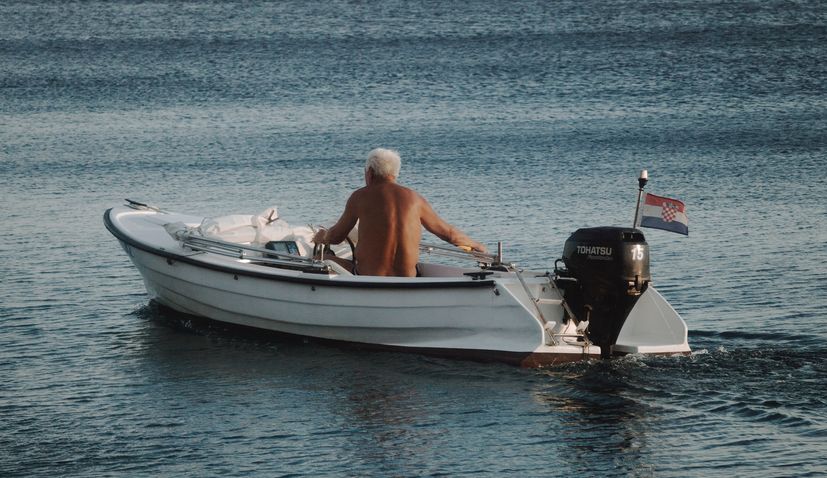
After the establishment of the restricted zone, fishermen too have noticed an increase in marine resources, and although they were sceptical or even against such zones before, now they have become their advocates.
Estimates show that nearly all commercially important marine species are being overfished. Researchers have called for a permanent ban on trawling, claiming that over 90 percent of the resources in the Adriatic Sea have been depleted and that his has done huge damage to the entire ecosystem. That’s why a multi-annual plan on trawl fisheries management has been adopted, and the Jabuka Pit was declared a protected fishing area six years ago. It is one of the largest such areas in the Mediterranean.
“Overfishing is clearly a problem, but people need to make a living,” Isajlović said. “Fishermen should become guardians of the sea and its resources, and they should be exploited only to the extent to which they can recover.”
The EU has recognised the need to establish as many protected areas as possible in accordance with the Green Deal and the recently adopted EU strategy on biodiversity until 2030, under which 30 percent of all European seas must be protected.
Isajlović said that a wide range of measures have already been put in place. “Almost every year trawling is banned in the open waters of the central and northern Adriatic for a month because of the appearance of a large quantity of young hakes and shrimps. Wherever large quantities of juvenile fish appear, a fishing ban is imposed.”

